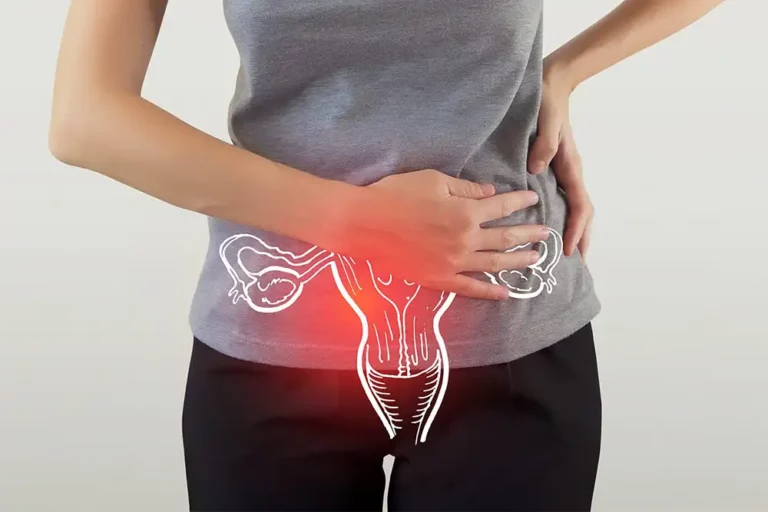How to Sit After Hysterectomy: Pelvic Floor Exercises and prolapse prevention
Proper sitting is crucial after a hysterectomy for recovery and pelvic floor health. Regardless of the type of hysterectomy (vaginal or abdominal), knowing the right sitting techniques and taking precautions are vital for overall well-being. This article covers sitting after hysterectomy, emphasizing pelvic floor care, recovery tips, and long-term considerations. Let’s discover how to sit comfortably and safely after a hysterectomy.
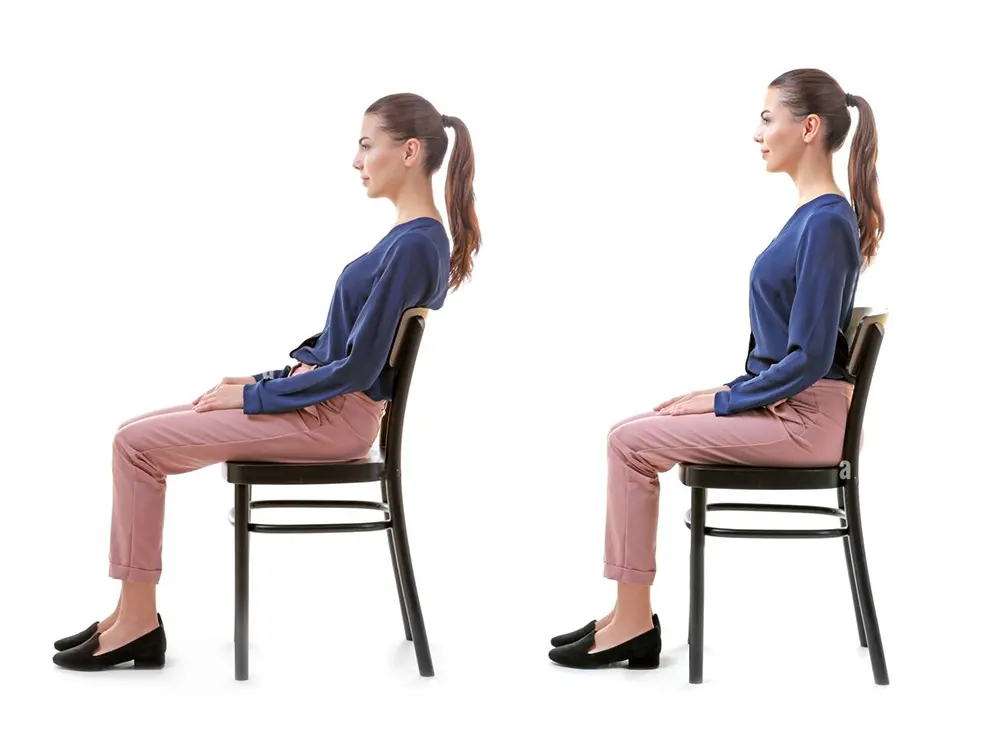
The Role of the Pelvic Floor
The pelvic floor is essential for supporting organs like the uterus, bladder, and bowel within the pelvic cavity. When undergoing a hysterectomy, the removal of the uterus can impact the pelvic floor muscles and their function. Hence, it is crucial to prioritize pelvic floor health during the recovery period.
Understanding Hysterectomy Recovery
Recovering from a hysterectomy is a gradual process that usually lasts about 6 weeks. The duration of recovery can be influenced by factors like the type of hysterectomy performed, whether the uterus and ovaries were removed, and individual healing abilities. To ensure a successful recovery, it is crucial to adhere to your doctor’s recommendations and provide your body with sufficient time to heal.
Vaginal Hysterectomy Recovery
If you underwent a vaginal hysterectomy, where the uterus is removed through the vagina, the recovery process may involve less discomfort and a shorter hospital stay compared to abdominal hysterectomy. However, it is still crucial to prioritize your recovery and take necessary precautions to ensure a smooth healing process.
Abdominal Hysterectomy Recovery
The recovery period for an abdominal hysterectomy, which involves an incision in the abdomen, is generally longer compared to other types of hysterectomy. The duration of recovery can be influenced by the extent of the procedure including the potential removal of the uterus and ovaries, depending on individual circumstances. It is of utmost importance to diligently follow the post-operative guidelines provided by your healthcare team to ensure a successful recovery.
Sitting After Hysterectomy: Best Practices and regulating activity after hysterectomy
1. Maintain Proper Posture
Maintaining good posture while sitting helps alleviate strain on your lower back and pelvic area. Keep your back straight, shoulders relaxed, and distribute your weight evenly on both hips. Avoid slouching or crossing your legs, as these positions can add unnecessary pressure to your pelvic floor.
2. Use Supportive Cushions
Using a supportive cushion or pillow can provide comfort and reduce pressure on the surgical site. Look for cushions designed for post-operative care or proper pelvic alignment. These cushions contour to your body, distribute weight evenly, and relieve pressure points. Find the right size and thickness for optimal support. Place a cushion beneath your lower back and another beneath your thighs to promote alignment and reduce strain. Consult your healthcare provider for recommendations on the most suitable cushion for your recovery. Enhance comfort and aid in your healing process with a supportive cushion.
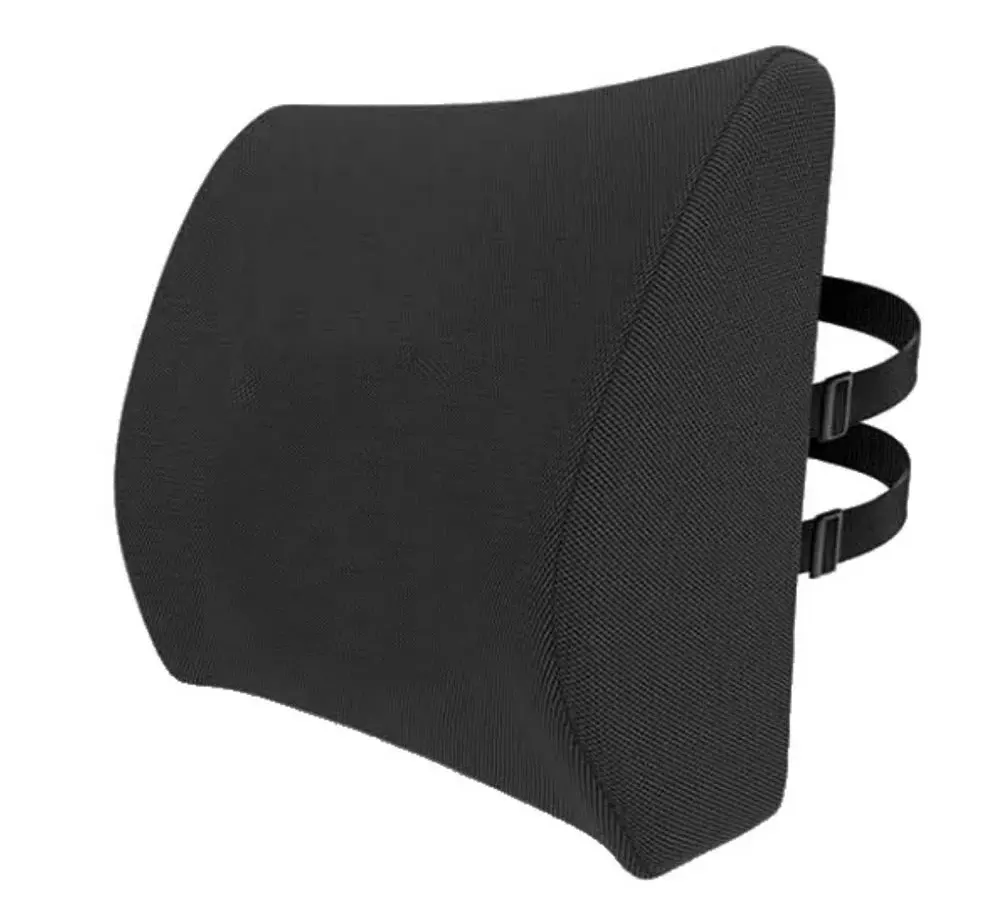
3. Take Frequent Breaks
Avoid prolonged sitting to prevent strain on your pelvic floor. Take short walks and do gentle stretches to promote circulation and prevent stiffness. Listen to your body’s cues and rest when needed. Incorporate light physical activity as advised by your healthcare provider to support healing and well-being during recovery.
4. Gradually Increase Sitting Time
During the initial stages of your recovery, it’s important to limit your sitting time to allow for proper healing. Begin with shorter intervals of sitting and gradually increase the duration as your body adjusts and becomes more comfortable. Pay close attention to your body’s signals and take breaks whenever necessary to avoid overexertion and promote a smooth recovery process.
5. Practice Gentle Exercises
Incorporating gentle exercises into your daily routine is crucial for a successful post-hysterectomy recovery. One highly valuable exercise to focus on is pelvic floor exercises, commonly known as Kegel exercises. These exercises specifically target the muscles that support your pelvic organs, helping to strengthen them. Through the simple action of contracting and relaxing these muscles, you can enhance their tone and functionality, aiding in your overall recovery process.
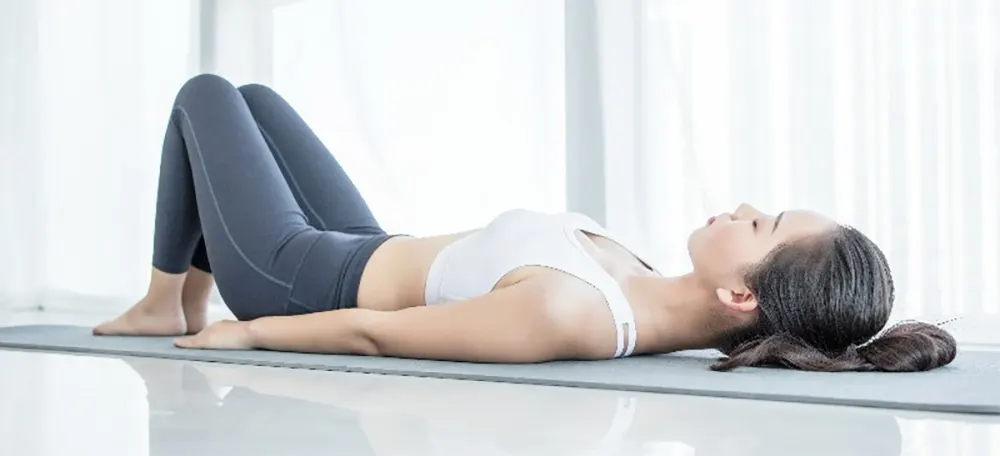
Incorporating light stretching exercises into your routine can also improve flexibility and alleviate muscle tension. To ensure safety and effectiveness, it’s crucial to consult with your healthcare provider or a physical therapist who can guide you in selecting appropriate exercises tailored to your specific needs and recovery stage. They will provide valuable insights on the frequency, intensity, and proper technique to maximize the benefits of these exercises.
Long-Term Considerations
1. Pelvic Floor Strengthening
After hysterectomy, it is essential to continue strengthening your pelvic floor muscles. Regular pelvic floor exercises, such as Kegels, can help maintain pelvic floor health and prevent issues like prolapse and incontinence.
2. Regular Physical Activity
Engaging in regular physical activity not only supports overall well-being but also promotes optimal pelvic floor function. Consult your healthcare provider to determine when it is safe to resume regular exercise after hysterectomy. Start with low-impact activities like walking and gradually progress to more strenuous exercises as advised by your doctor.
3. Avoid Heavy Lifting
During the recovery period, it is crucial to prioritize the protection of your surgical site and avoid putting strain on your pelvic floor. One way to achieve this is by refraining from heavy lifting. However, if lifting objects becomes necessary, it is important to employ proper lifting techniques. These include bending your knees and using your leg muscles instead of your back to lift the weight, reducing the risk of injury and ensuring a smoother recovery process.
4. Mind Your Bowel Movements
Constipation can be a common issue after hysterectomy, primarily due to changes in bowel function and pain medications. Stay hydrated, consume a fiber-rich diet, and, if necessary, discuss stool softeners or other remedies with your healthcare provider. Maintaining regular bowel movements can help prevent strain on the pelvic floor.
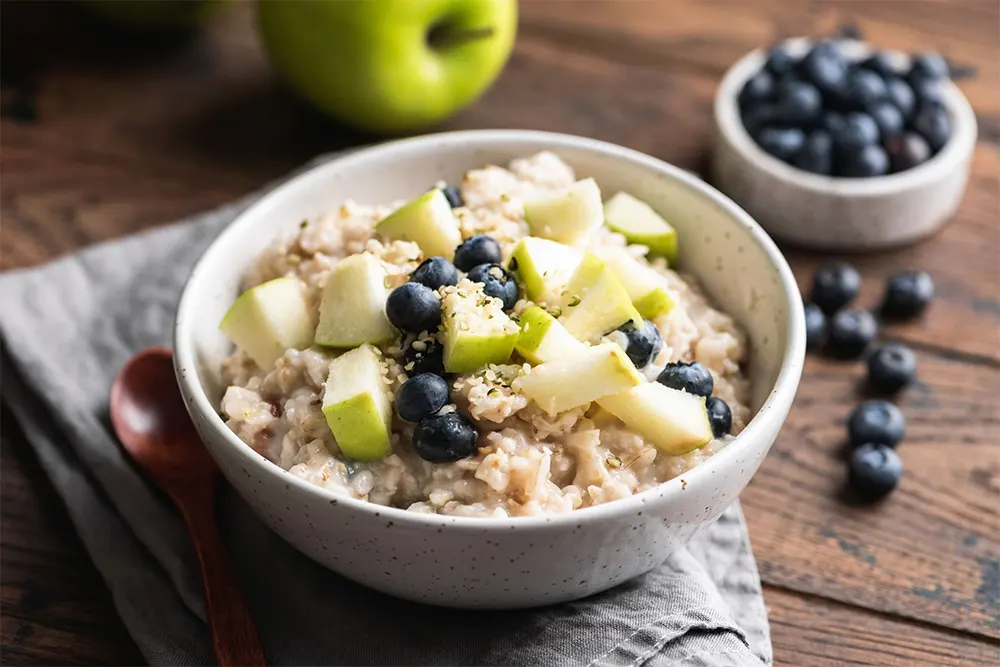
5. Listen to Your Body
Throughout the recovery process, it is of utmost importance to remain attentive to the signals and limitations conveyed by your body. Pay close attention to any signs of pain, discomfort, or unusual symptoms that may arise while sitting or engaging in activities. These sensations serve as important indicators that it is time to prioritize rest and recovery. If you encounter any concerning symptoms, do not hesitate to seek guidance from your healthcare provider for further evaluation and appropriate care. Remember, your well-being and comfort are paramount during this healing journey.
Conclusion
Proper sitting techniques after a hysterectomy play a significant role in ensuring a comfortable and successful recovery. By maintaining good posture, using supportive cushions, taking breaks, and gradually increasing sitting time, you can promote healing and minimize strain on your pelvic floor. Remember to consult your healthcare provider for personalized guidance and follow their recommendations for a safe and effective recovery. With time and proper care, you can regain your strength, resume your everyday activities, and enjoy a fulfilling life post-hysterectomy.
FAQs
What is a hysterectomy?
A hysterectomy is a common surgical procedure to remove the uterus and sometimes the cervix. It is used to treat conditions like uterine fibroids, pelvic organ prolapse, and gynecological cancers. Consulting with a healthcare professional is essential for considering a hysterectomy due to its significance and the need to evaluate factors such as the condition severity, overall health, and personal preferences.
What are the long-term effects of a vaginal hysterectomy?
The long-term effects of a vaginal hysterectomy vary depending on individual circumstances. In general, once the uterus is removed, you will no longer experience menstrual periods or be able to conceive. If the ovaries are also removed during the surgery (oophorectomy), it may lead to menopause symptoms unless hormone replacement therapy is considered.
When can I return to work after a vaginal hysterectomy?
The recovery time after a vaginal hysterectomy varies for each person, depending on factors like overall health and surgical technique. On average, it takes about six weeks for most women to regain strength and resume normal activities, including going back to work.
How does a vaginal hysterectomy differ from other types of hysterectomy?
A vaginal hysterectomy is distinct from abdominal or laparoscopic hysterectomy due to its surgical approach. Unlike the other types, a vaginal hysterectomy involves removing the uterus through the vagina, eliminating the need for external abdominal incisions. This approach offers advantages such as potentially quicker recovery time and fewer visible scars.
Is it normal to feel a sense of loss after a vaginal hysterectomy?
Experiencing a sense of loss is a common and normal response following a vaginal hysterectomy, as it entails the removal of the uterus, which can impact fertility and hormonal balance. It is essential to address any emotional concerns by seeking support from loved ones or considering professional counseling, if necessary.
How can I prevent pelvic organ prolapse after a hysterectomy?
To minimize the likelihood of pelvic organ prolapse, maintaining a healthy lifestyle is crucial. This includes adopting habits such as regular exercise, a balanced diet, and maintaining a healthy weight. Engaging in activities that promote overall pelvic health, such as avoiding heavy lifting, is also recommended.
Practicing pelvic floor exercises is another essential aspect of preventing pelvic organ prolapse. These exercises help strengthen the pelvic floor muscles, which support the organs within the pelvis. Your healthcare provider or a pelvic floor physical therapist can provide guidance on appropriate exercises and techniques tailored to your needs.
How should I adjust my sitting position after oophorectomy (removal of ovaries)?
After undergoing oophorectomy, which is the surgical removal of one or both ovaries, finding a comfortable sitting position becomes essential. It is important to avoid putting excessive pressure on the lower pelvic cavity to minimize discomfort and promote healing.
To achieve a comfortable sitting position, there are a few strategies that can be employed. One effective approach is to utilize pillows or cushions for support. Placing a pillow or cushion beneath the buttocks or lower back can help distribute weight more evenly, relieving pressure on the pelvic area. This cushioning can provide added comfort and reduce strain during extended periods of sitting.

